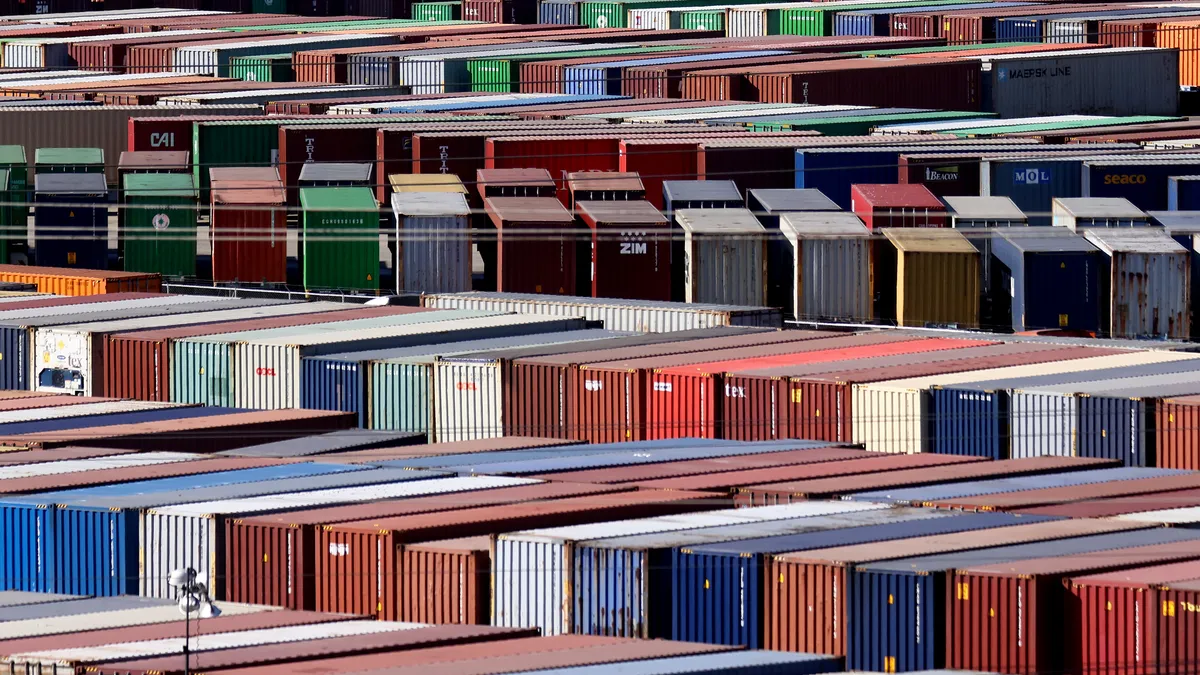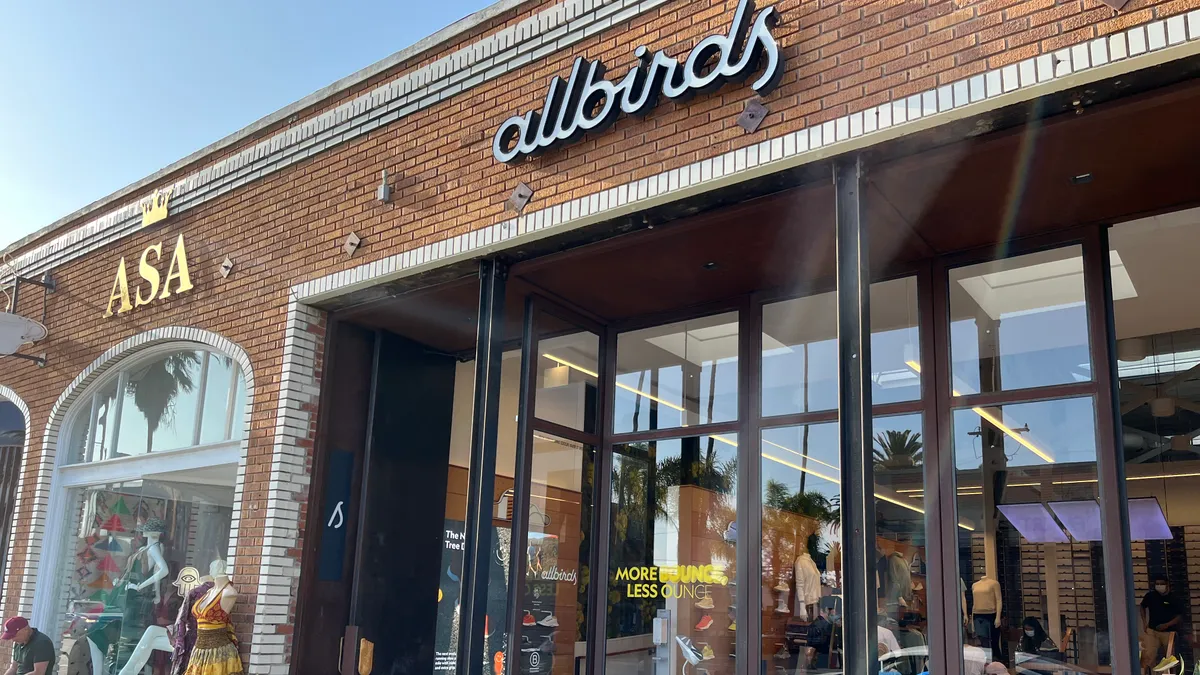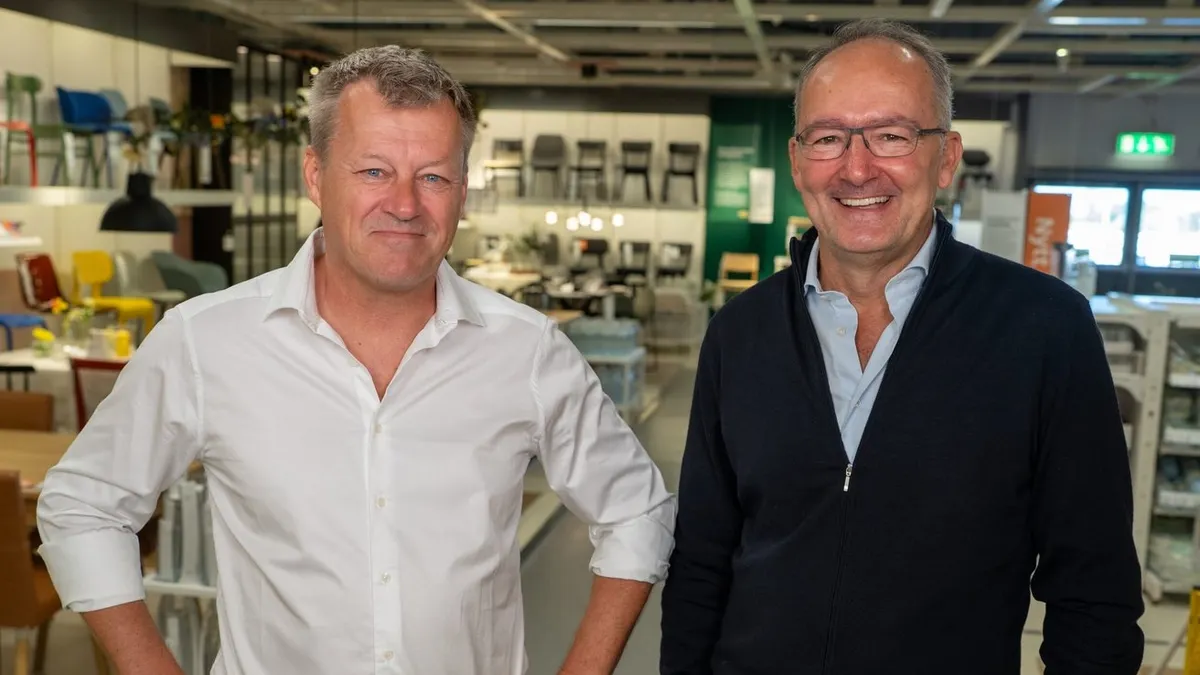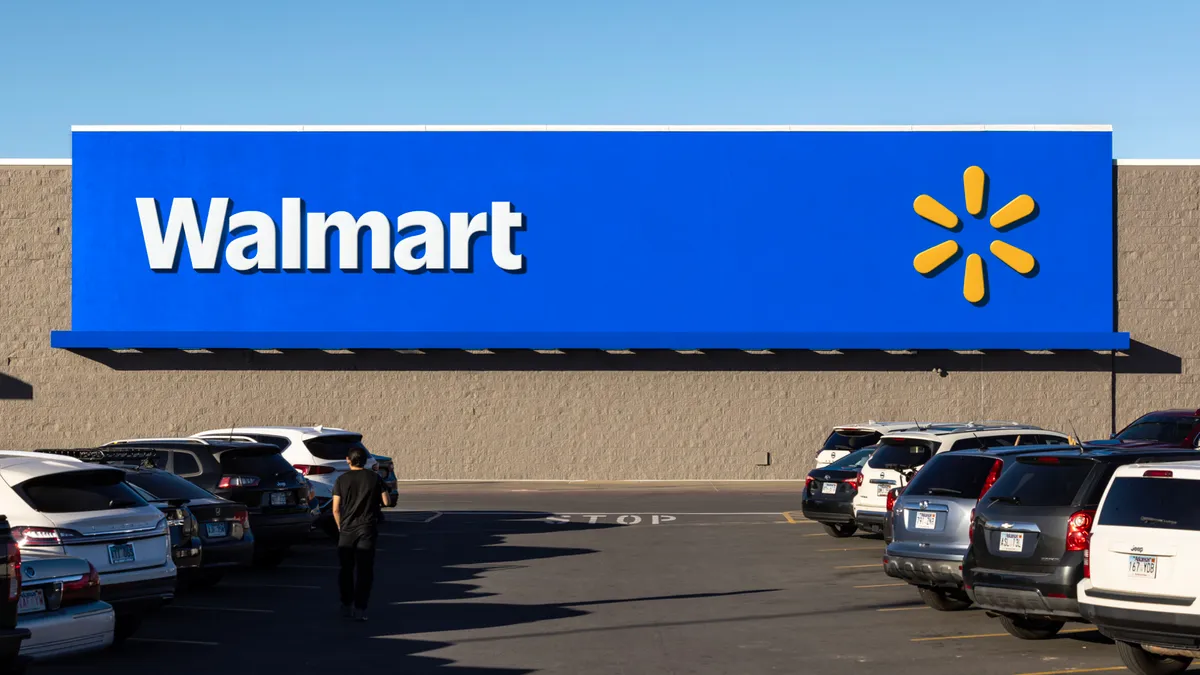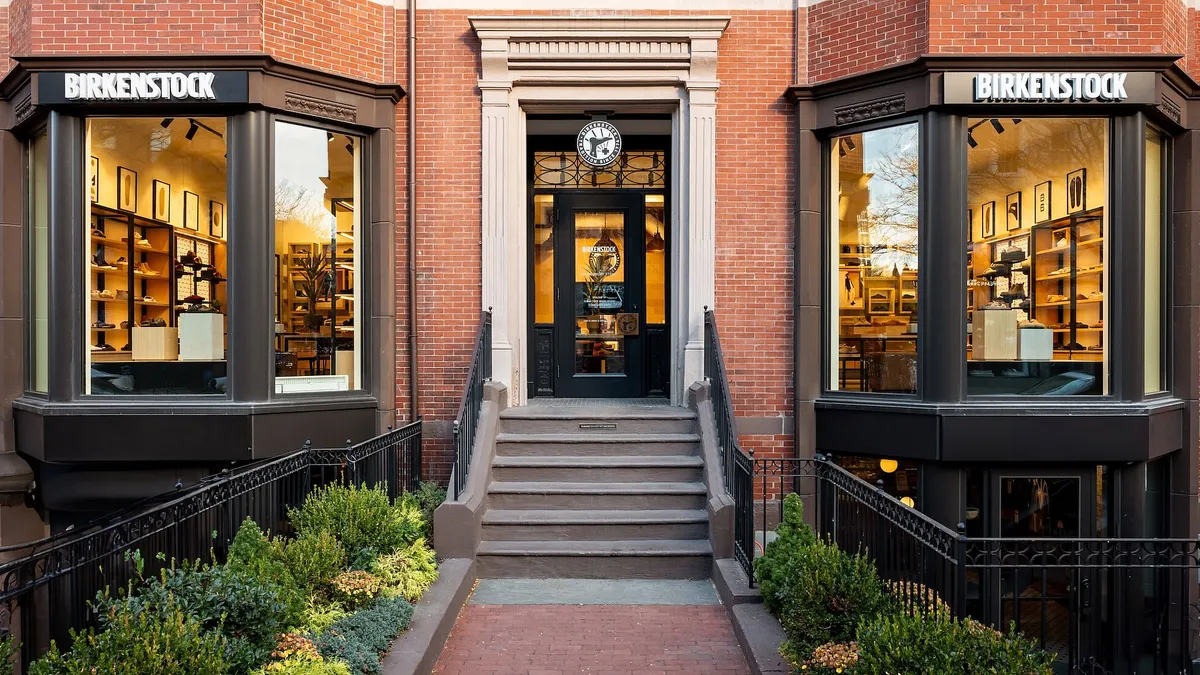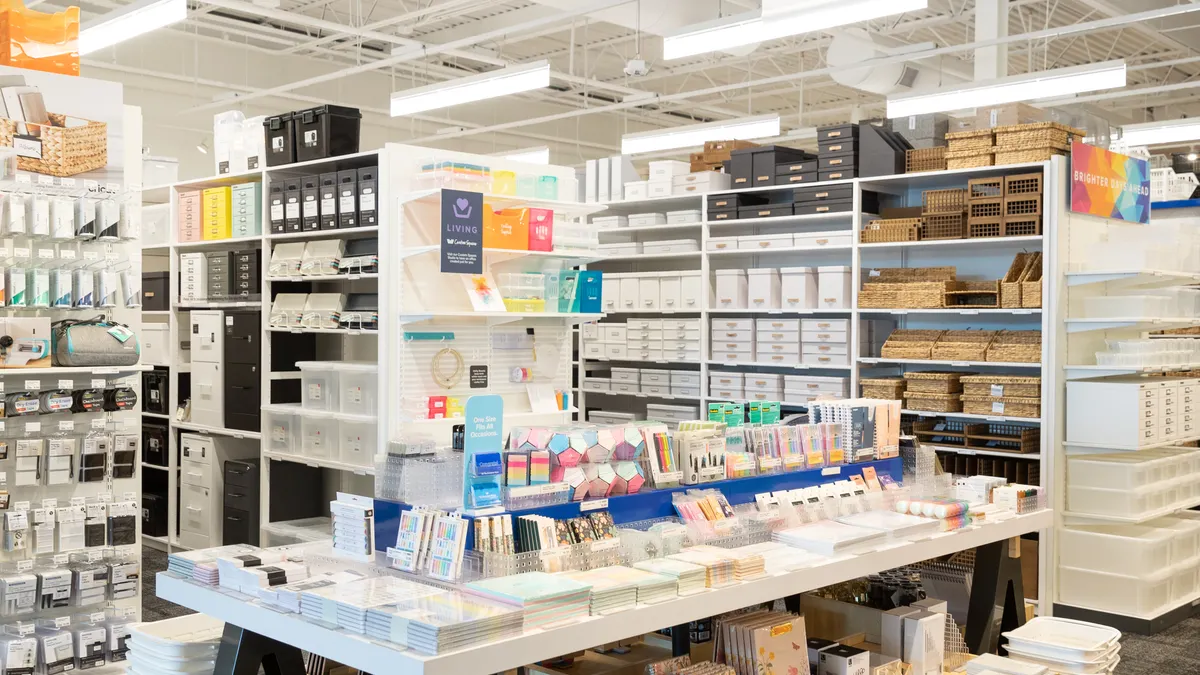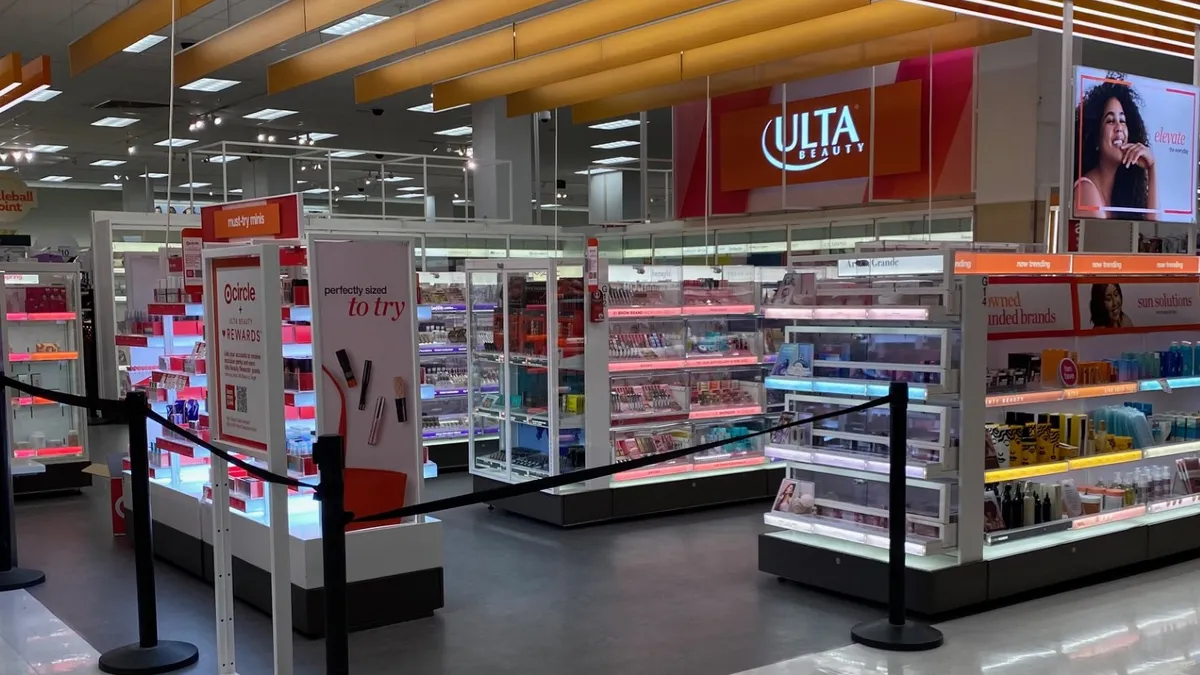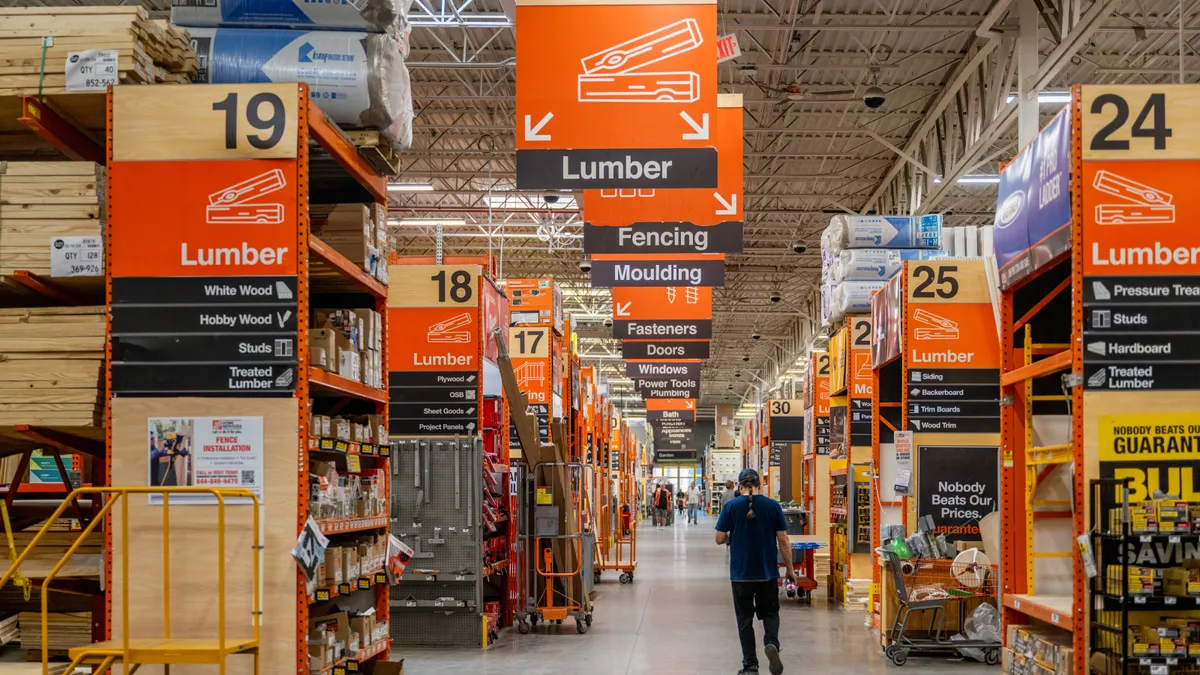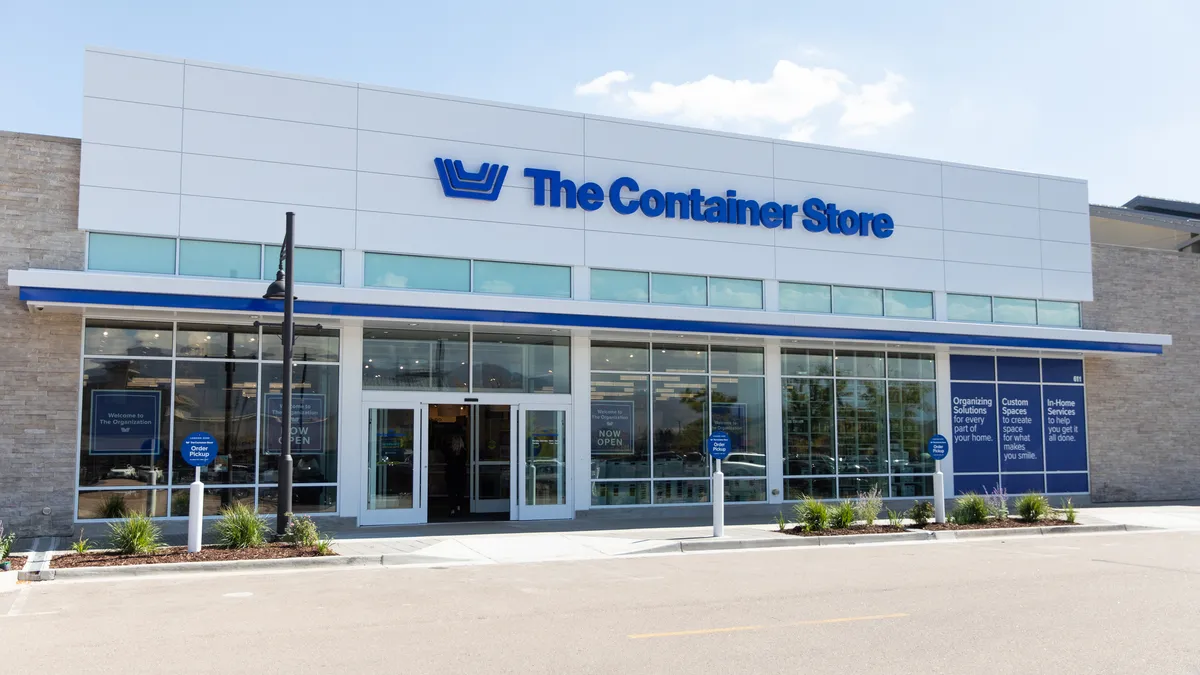For the past year, many of the concerns around supply chains were physical. Will there be ships, space, containers? When will factories in Vietnam coping with COVID-19 outbreaks reopen and return to capacity? When will the ships waiting outside the Los Angeles and Long Beach ports ever get unloaded? Will there be enough trucks and workers to handle the domestic distribution?
But as the world heads into a third year of the COVID-19 pandemic, the ongoing physical and logistical disruptions also pose a risk to the financial lives of at least some firms in the long, complicated global supply system.
As James Gellert, CEO and chairman of financial analytics firm RapidRatings, noted this week, the amount of debt in the system has grown substantially with the pandemic.
For now, that is not necessarily a problem. In fact, debt was part of the solution to the early crisis posed by the pandemic. Central banks around the world turned on the spigots of cheap capital to keep economies functioning. Suppliers and retailers in need of cash (sometimes desperately in need) were able to tap credit lines and the capital markets for liquidity.
That has kept afloat many retailers and suppliers through a turbulent period for both supply and demand. It may have also papered over risks out there in the industry.
"We hear often from supply chain and third-party risk managers comments like, 'We haven't had any failure among our suppliers in years.' And there's a reason for that," Gellert said at a virtual client conference his company held this week. "It's extremely difficult to fail if measured by default or bankruptcy. It's very difficult to fail when you can continue to borrow."
Retailers and their suppliers collectively saw their cash to current liabilities ratios decline from 2020 to 2021, according to RapidRatings data provided to Retail Dive in January. That held true for companies of all sizes. Among the smallest companies, those with revenue of $10 million to $50 million, the decrease led to a negative cash-to-current-liabilities ratio.
RapidRatings data also reveals the effects of the pandemic on retail companies of different sizes. For the smallest retailers and suppliers, the firm's measures of financial health and core operational and structural health both fell by several points on a 1 to 100 scale from 2019 to 2021.
The drop for medium sized companies ($50 million to $100 million in revenue) was more modest, while both measures of financial and core health actually increased for large retailers and suppliers.
In other words, the big have gotten stronger and the small have struggled amid the disruption of the pandemic. The financial health of larger retailers and brands has also led to stronger supply chains, giving them leverage over suppliers and the resources to shell out for air freight or even charter ships.
And while access to capital might keep companies out of bankruptcy and default, that doesn't on its own clear up risks in the supply chain. "Where there's going to be more risk to manage in the short and medium term is in … companies that have been degraded operationally but can still manage, companies that because of financial strain, are going to have to cut corners," Gellert said.
Gellert noted that those companies might survive, but they may not have the resources to invest in cybersecurity; environmental, social and governance initiatives; research and development or their products, all of which pose risks upstream eventually to retailers and brands.
As for the supply chain backups that created so many headaches last year, retail ports should get a "welcome break" from last year's frothy import growth, according to the latest import estimates from the National Retail Federation and Hackett Associates.
The tracker projects 1.5% growth in import units for the first half of 2022 — indicating continued high volumes but well below the disruptive 35.7% growth during the same period last year.
"With Lunar New Year factory closings in Asia this month and the consequent drop in export production, North American terminals will have an opportunity to reduce existing congestion," Ben Hackett, founder of Hackett Associates, said in a statement.
Hackett added that "shortage of equipment, worker availability and storage space at distribution centers and warehouses across the country remains problematic, as does the export of empty containers back to Asia."



